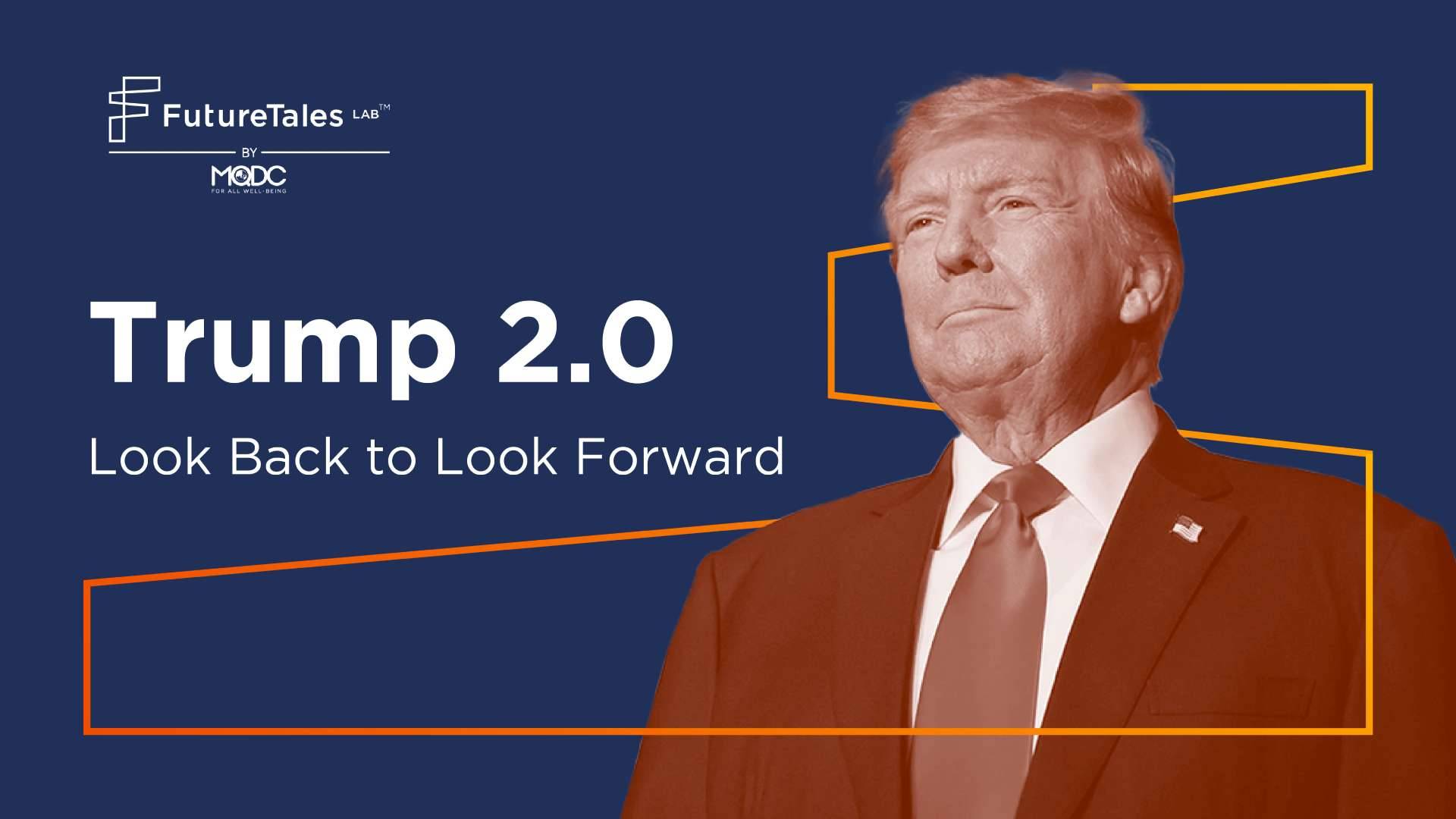
Future Food Trends
ARTICLES | Dec 06, 2022
Writer: Nuttawut Kulkaew
Editor: Wittaya Wonglor
The food and beverage (F&B) industry is a competitive market, with both small and large companies. The pandemic slowed its growth in 2020 to just 2.9%. But its estimated growth in 2021 was 7%, with market value set to soar to $7.5 trillion by 2023. Thailand's F&B industry was worth $1.45 million in 2020 and it’s forecast to grow at 14.5% over 2020-25 to $2.85 billion by 2025.
Consumers are increasingly conscious of health and convenience, with 3 steady trends:
1. Tasty natural foods with protein, vitamins, grains, and non-GMO, with the health and wellness food market estimated at $800 billion in 2021.
2. Plant-based alternatives, free from preservatives, raised without antibiotics (RWA). The plant-based food market is projected to be worth $74 billion by 2027.
3. Portioned and convenient items such as single meals, frozen meals, and snack bars. The convenience food market had a market value of $560 billion in 2020.
Baramizi Lab forecasts that the food industry will grow in many ways with these 3 trends, with products to boost immunity and mood, neurotransmitter-moderated foods, nutritional snack bars, food for the elderly, as well as services such as personalized nutrition based on genetic differences, environment, and consumer needs. Structural shifts include co-cooking kitchens, cloud/ghost kitchens, gastro tourism, set to hit $1.79 trillion by 2027. Policies on food waste will meanwhile reduce environmental impact. More than 33-50% of food becomes garbage, often sent to landfills where it produces environmentally damaging methane, while almost 800 million people worldwide lack access to nutritious food.
Trends among producers and consumers could bring innovations to address hunger, food waste, and animal welfare, such as non-meat protein alternatives (plant-based meat), 3D printing technology, new bio-based cooking oils, or other cooking processes that don’t cause household pollution. New business models could emerge such as subscriptions, letting consumers decide whether to receive goods and services, controlling nutrition, costs, and spending through digital platforms.
Implications for the future:
- One-stop-service super applications will become essential for urban living, such as prescribing daily food items and nutritional value, medications, vitamins, and dietary supplements. The same products and home goods could be ordered and delivered on a subscription basis to control costs.
- Dining may be divided into groups based on lifestyle, setting challenges for chefs and service providers. Nutrient capsules could provide competition through research and development.
- The metaverse and the Internet of Senses could let people taste food through virtual experiences, changing how customers appreciate appearance and presentation.
Sources
- Future Food Business Trend 2022 ชุดข้อมูลเทรนด์ด้านอาหารแห่งอนาคตสำหรับภาคธุรกิจประจำปี 2022 (2022)
- Food for all: designing sustainable and secure future seafood systems (2022) https://link.springer.com/article/10.1007/s11160-021-09663-x
- A meta-analysis of projected global food demand and population at risk of hunger for the period 2010–2050 (2021) https://www.nature.com/articles/s43016-021-00322-9
- Microbes: Food for the Future (2021) https://doi.org/10.3390/foods10050971
- The future is Future Superfood (January, 2022) https://www.linkedin.com/pulse/future-superfood-claudia-paiva-silva/?trk=pulse-article_more-articles_related-content-card
- The future of food https://fivemedia.com/articles/the-future-of-food/
- Challenges and opportunities of the fourth revolution: a brief insight into the future of food (2021) https://www.tandfonline.com/doi/full/10.1080/10408398.2020.1863328?casa_token=VebHzP0GsZoAAAAA%3AsyGXpP-5vYekTFnVLGJyLbaz8OGeox7cDLuNM5iqS7BZuALd1yi1bEV9-JcoZtwanicN-tNBGmk9bFQ
Want to know more about us? Click https://www.facebook.com/FutureTalesLABbyMQDC or follow at https://www.blockdit.com/futuretaleslab











